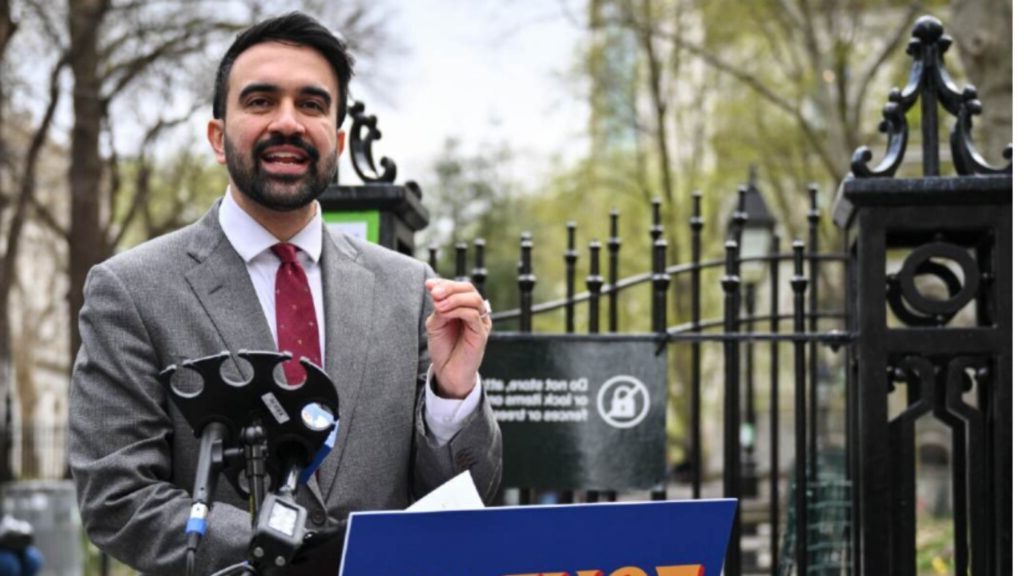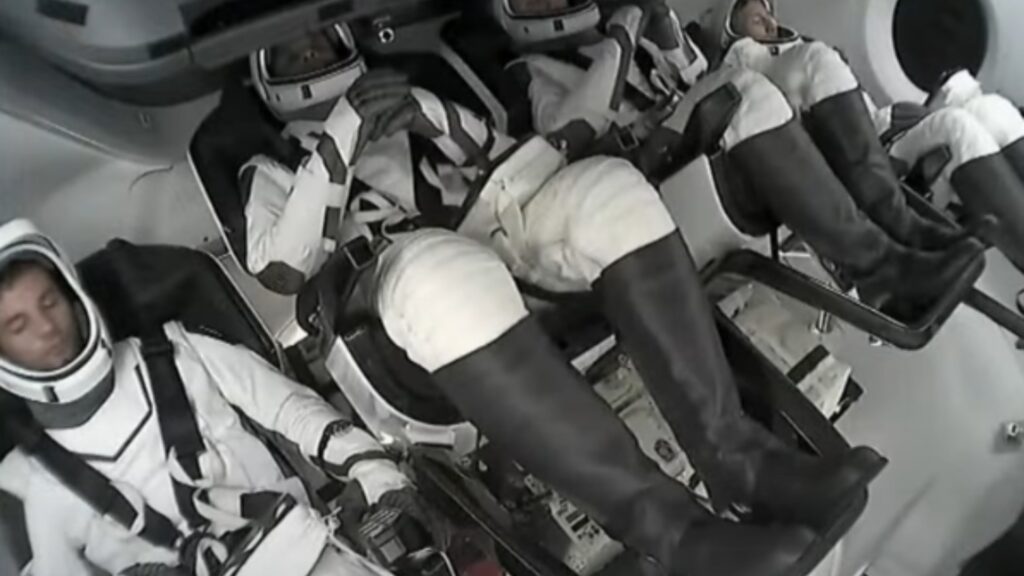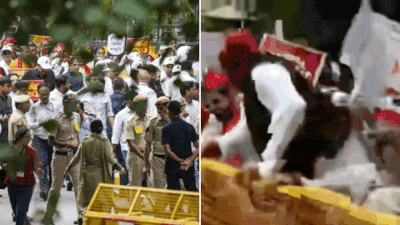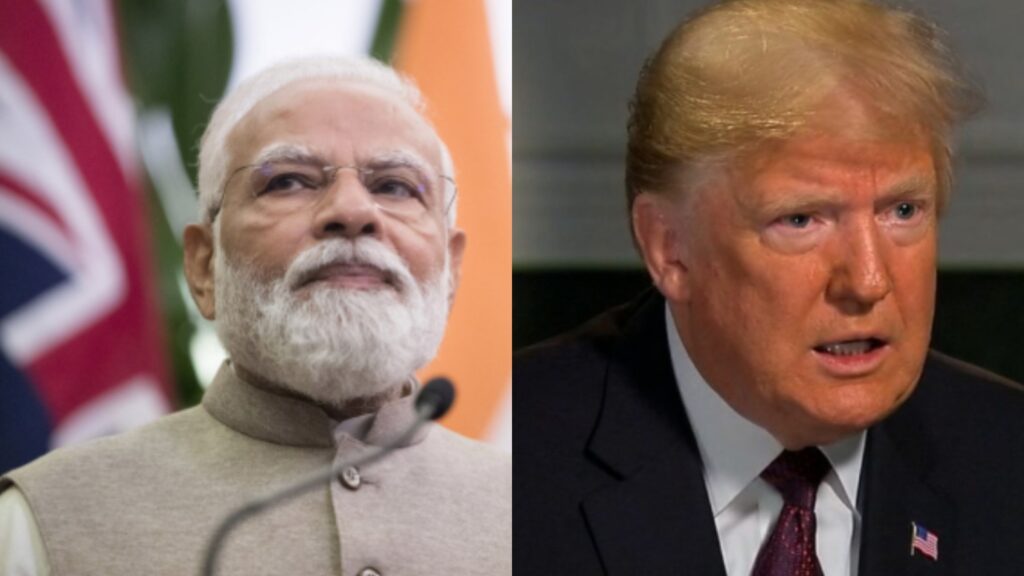Uncovering the Dharmasthala Horror: Mass Graves, Rape, and a Decade-Long Cover-Up
Disturbing revelations from Dharmasthala, Karnataka, expose mass graves, systemic sexual violence, and a decade-long cover-up. A former sanitation worker’s testimony has ignited national outrage and demands for justice.
In the serene town of Dharmasthala, Karnataka, a chilling story has emerged that shatters the sanctity of this revered pilgrimage site. A former sanitation worker has come forward with explosive allegations of mass graves, systemic sexual violence, and a decade-long cover-up involving influential figures. His testimony, supported by exhumed skeletal remains, has sent shockwaves through the nation, prompting urgent calls for a thorough and impartial investigation.
Dharmasthala Horror: The Whistleblower’s Alarming Testimony
In July 2025, a man who served as a sanitation worker for the Dharmasthala temple administration between 1995 and 2014 testified before a Mangaluru court under tight security. His face and body were concealed, with only a transparent strip over his eyes, as he recounted being coerced into disposing of over 100 bodies—many of them women and minors—between 1998 and 2014. He described victims who had been sexually assaulted, strangled, and, in some cases, burned with acid. The bodies were reportedly buried near the Netravathi River or destroyed using chemicals and diesel .
Disturbing Details from the Complaint
The whistleblower’s complaint detailed several harrowing incidents:
- 2010: A schoolgirl aged 12–15, stripped and strangled, buried near a petrol station.
- 2012: A 20-year-old woman, her face burned with acid, body wrapped in newspaper and set on fire with diesel.
- General Pattern: Victims were buried along the banks of the Netravathi River, chosen for rapid decomposition .
These revelations have sparked public outrage and demands for a high-level investigation.
Calls for a Special Investigation Team (SIT)
Activists and legal experts have raised concerns over the adequacy of the current investigation, led by a local sub-inspector. They argue that the scale and gravity of the allegations necessitate a Special Investigation Team (SIT) led by an officer of Additional Director General of Police (ADGP) rank, monitored by the Supreme Court or Karnataka High Court. They also demand forensic exhumation, video-recorded procedures, and immediate arrests .
Political and Legal Reactions
Karnataka’s Chief Minister, Siddaramaiah, has stated that the government will await a police report before considering the formation of an SIT. Health Minister Dinesh Gundu Rao emphasized that no one will be protected and that the state is committed to uncovering the truth. However, concerns have been raised about the potential destruction of evidence and the need for a more transparent investigation .
Echoes of Past Tragedies
The current allegations have drawn parallels to the 2012 Sowjanya rape and murder case, which also involved claims of cover-up and failure to prosecute influential figures. Activists argue that the systemic issues in Dharmasthala have persisted for years, with numerous unnatural deaths and disappearances, particularly of women and minors, remaining unresolved .
The Dharmasthala horror has exposed deep-seated issues of abuse of power, systemic violence, and a culture of impunity. The whistleblower’s courage in coming forward has ignited a national conversation about justice, accountability, and the need for structural reforms. As the investigation unfolds, it is crucial that the authorities act with transparency, urgency, and impartiality to ensure that the victims receive the justice they deserve.
Stay informed about the latest developments in the Dharmasthala case by following credible news sources. Support initiatives that advocate for justice and accountability, and consider participating in discussions that promote awareness and reform in addressing systemic abuses.
Also check – A Russian Woman and Her Daughters Found Living in a Cave in India –








I have been checking out some of your posts and i can state pretty good stuff. I will definitely bookmark your blog.
I am really inspired with your writing talents as neatly as with the layout on your weblog. Is this a paid topic or did you modify it your self? Either way keep up the excellent high quality writing, it is uncommon to see a great blog like this one today..
F*ckin’ remarkable things here. I’m very glad to see your post. Thanks a lot and i am looking forward to contact you. Will you kindly drop me a e-mail?
Real wonderful info can be found on website.
You can certainly see your skills in the work you write. The sector hopes for more passionate writers like you who are not afraid to mention how they believe. Always follow your heart.